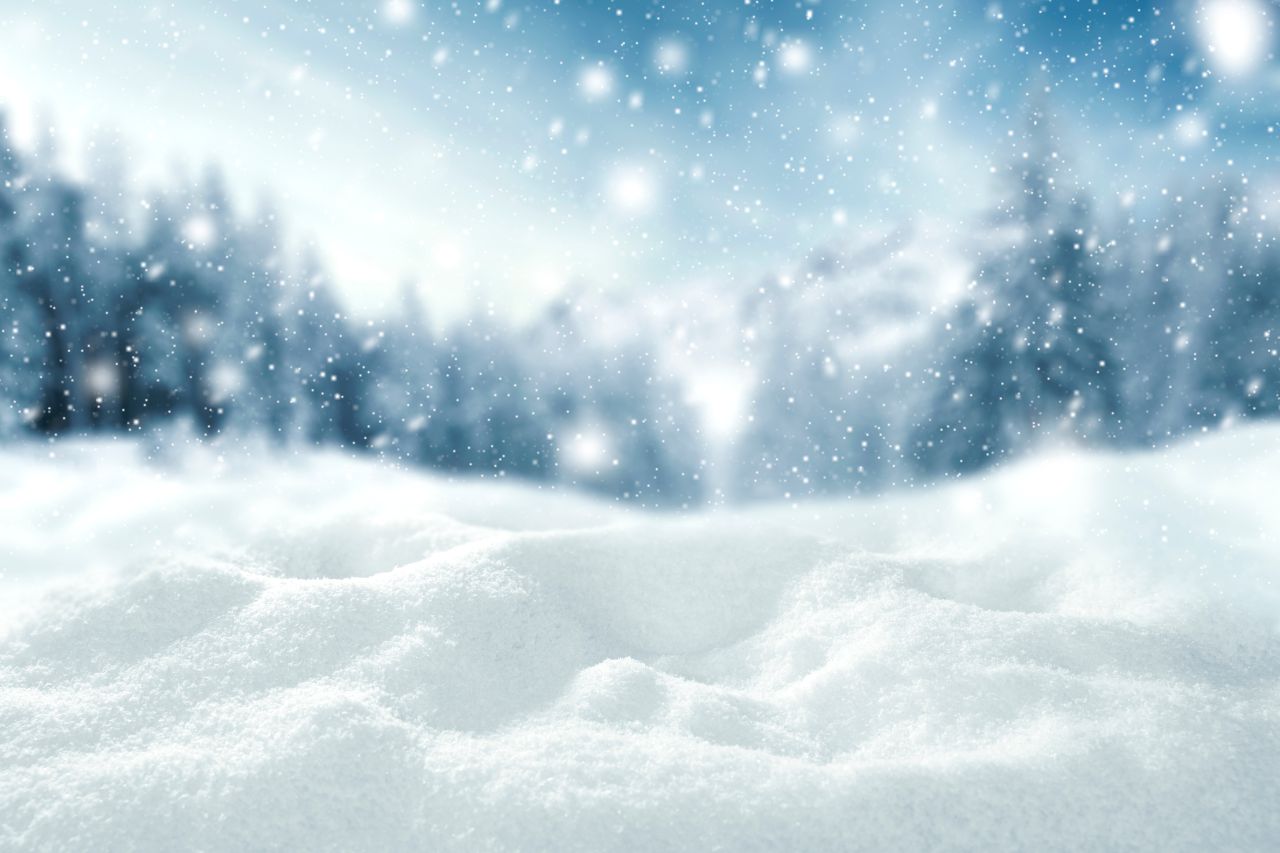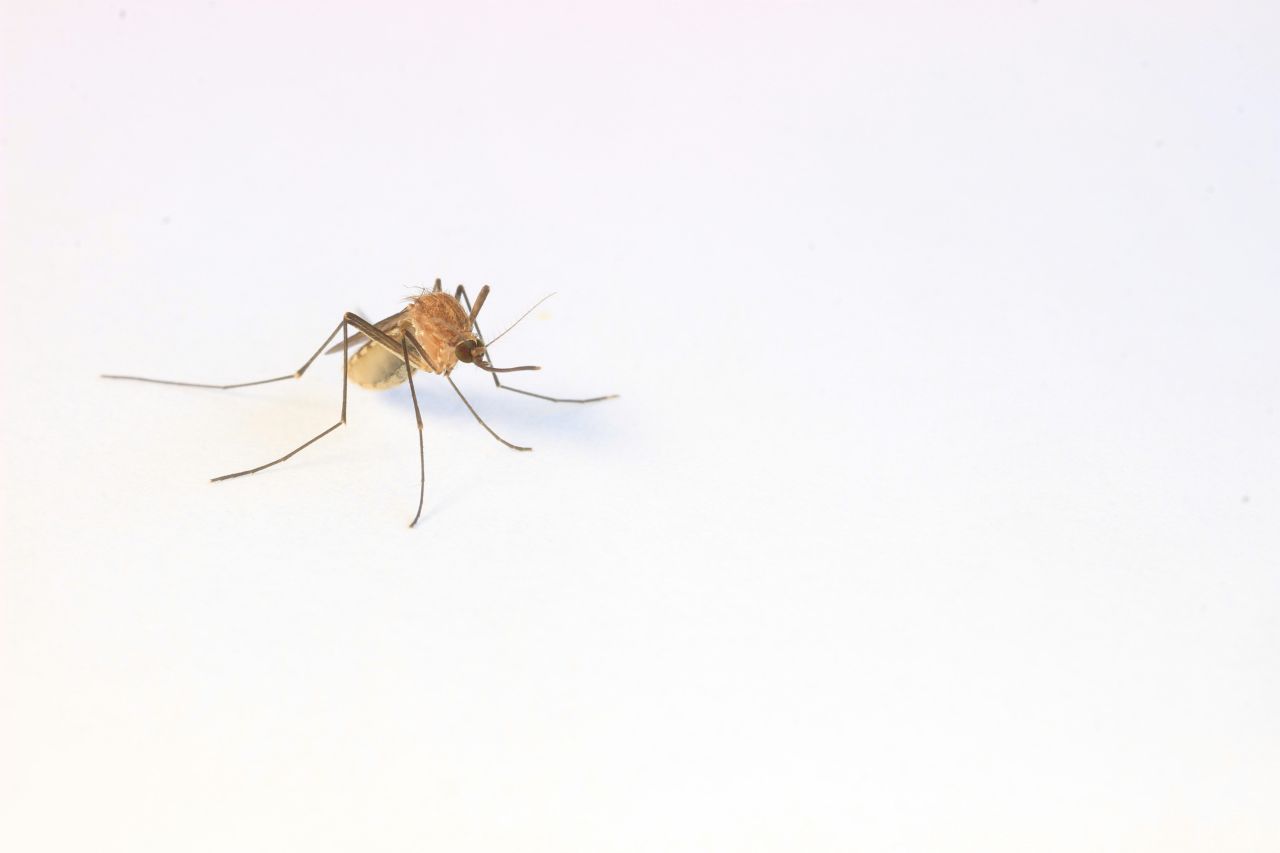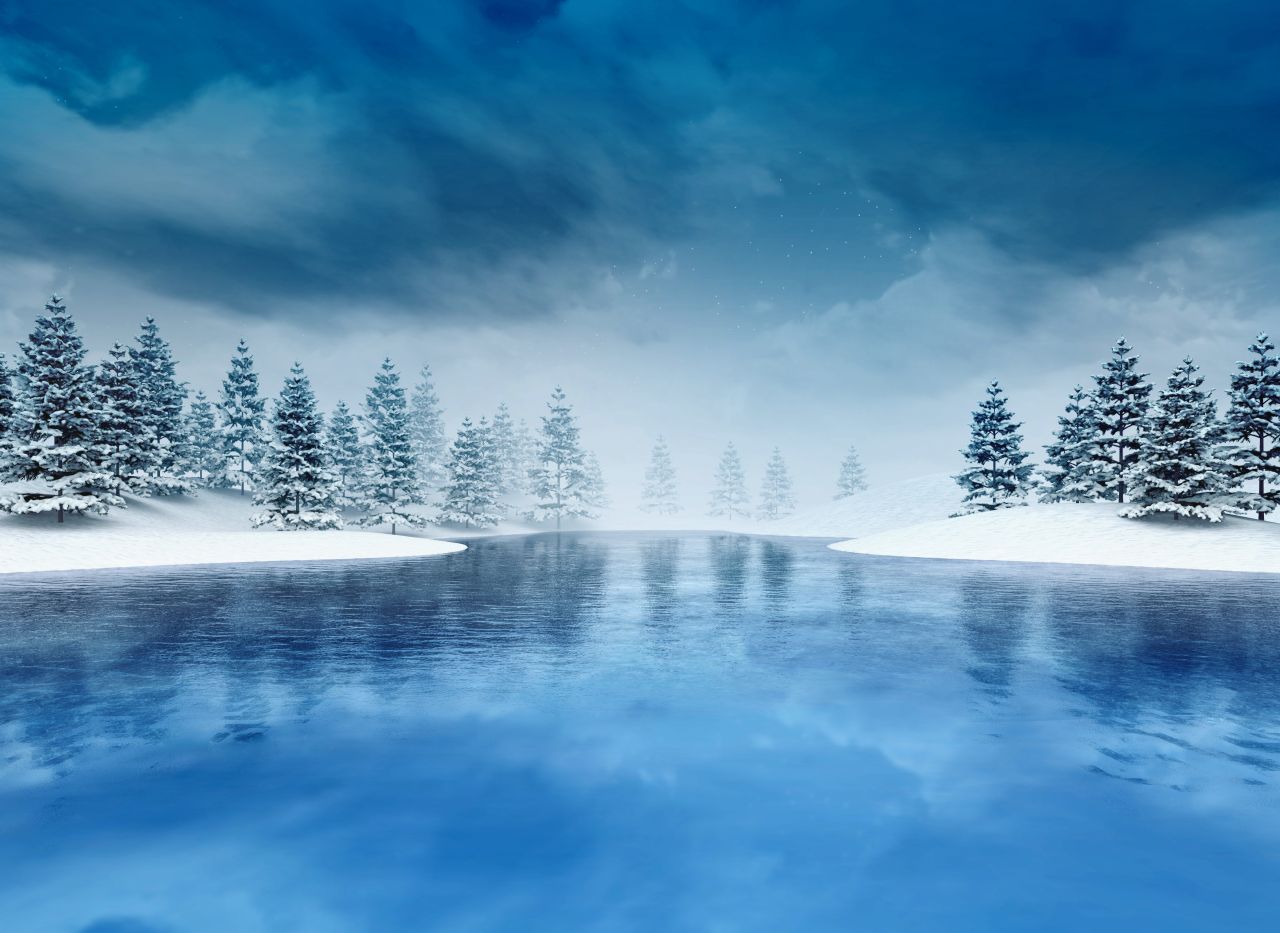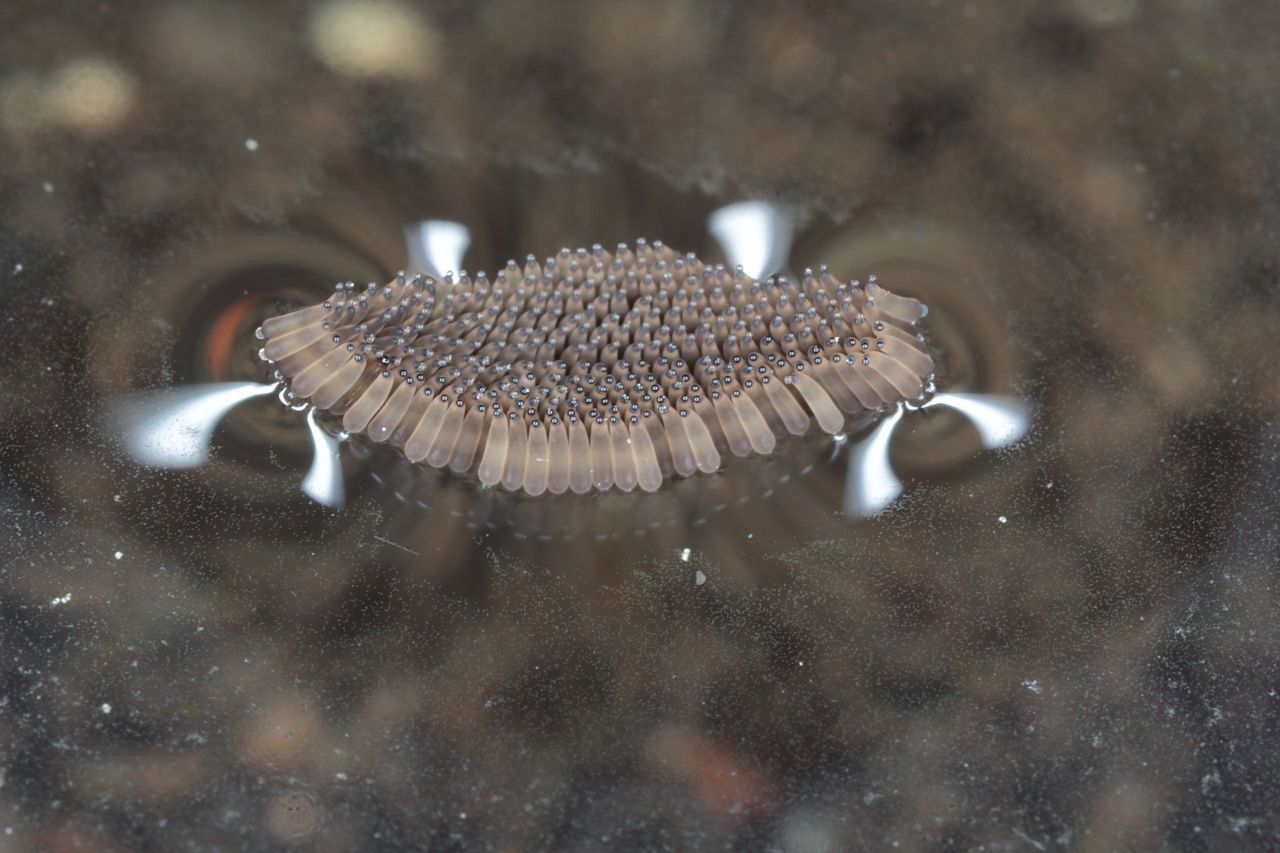Where do mosquitoes go in the winter?
The warmer it gets, the more mosquitoes are buzzing about, biting, transmitting pathogens and causing disease outbreaks.

We don’t see mosquitoes that often in Europe in winter. What happens to them? Image: Adobe Stock
Unlike warm-blooded animals, mosquitoes can’t control their own body temperature. Their temperature is the same as the air temperature around them. The warmer it is, the more active mosquitoes are. There are usually more of them about, too. They bite more and the risk of disease outbreak is greater.
Temperature also plays a role in determining the ability of mosquitoes to spread viruses. The warmer it is, the less time it takes for a mosquito to become infective after biting an animal or person with a pathogen circulating in their blood.
But once cold weather arrives, the activity of mosquitoes slows down as do many of their body functions. They fly less, they don’t bite as often, they reproduce less, and their life cycle takes longer to complete. It also takes them longer to become infective after feeding on a pathogen-filled blood meal. Sometimes the mosquitoes will die before they can actually spread the pathogen as they bite.
Cold weather isn’t great for mosquitoes but millions of years of evolution have equipped them with a few survival mechanisms.
Stay home
Once cold weather arrives, some mosquitoes, such as Culex pipiens molestus, a special form of the common house mosquito, seek out hiding places in tree hollows and animal burrows, in cracks and crevices in woodland environments, or in garages, basements or other structures such as pipes and drains in our homes, villages and cities. So even though these mosquitoes can stay active throughout the year, you may not notice them very often in winter as there aren’t a lot of them flying about.

Culex quinquefasciatus, commonly referred to as the 'Southern house mosquito', is widely distributed in subtropical and tropical areas worldwide, posing a considerable challenge in terms of pest management and public health. Image: Unsplash/Cameron Webb, CC License
Get some rest
We’re familiar with the idea of mammals hibernating through winter but mosquitoes, like many other insects, can enter a phase of inactivity called diapause*. It’s a little like hibernation. Adult Culex quinquefasciatus, the southern house mosquitoes, or Culex pipiens pipiens, the common house mosquitoes, may produce many generations during summer that live only a few weeks, but going into diapause allows them to survive many months through winter. During this time, they’re not flying about, biting, or transmitting pathogens. They’re simply surviving until the weather warms.
Don’t grow up
Many mosquito species survive the winter in their larval form. They can be found in bodies of water that are frozen on the surface, whether it is a bucket of water in your backyard or a near-freezing wetland. The larvae of some mosquito species, such as those belonging to the genus Coquillettidia, attach to the submerged parts of aquatic plants and spend the whole winter there. Due to the cold water temperature, their development dramatically slows down, and they’ll stay in the water until spring arrives. Some mosquito larvae can even survive in water at temperatures close to the freezing point.

Some mosquito larvae survive winter submerged in cold or frozen bodies of water. Image: Adobe Stock
Some mosquito species make it through the winter thanks to their eggs. This is particularly the case for mosquitoes belonging to the genus Aedes (the genus which the dengue fever-transmitting tiger mosquito belongs to). Mosquito eggs can be incredibly resilient. They withstand drying out in wetlands and water-holding containers that dry out during summer, but also freezing in creeks, ponds, and marshes that ice over in winter.

The eggs of Culex pipiens are deposited collectively, forming an oval raft on the surface of still water. Image: Adobe Stock
Knowing the seasonal spread of mosquitoes helps health authorities design surveillance and control programs to better manage public health risk. For this, it may help to understand how invasive mosquitoes survive cooler conditions outside their native ranges in tropical climates.
*Glossary
Diapause: Insects facing reoccurring unfavorable environmental conditions delay their development to enhance their survival rate. Diapause can be induced or inhibited by environmental factors such as temperature or day length and it slows down the feeding rate and reproductive development.
